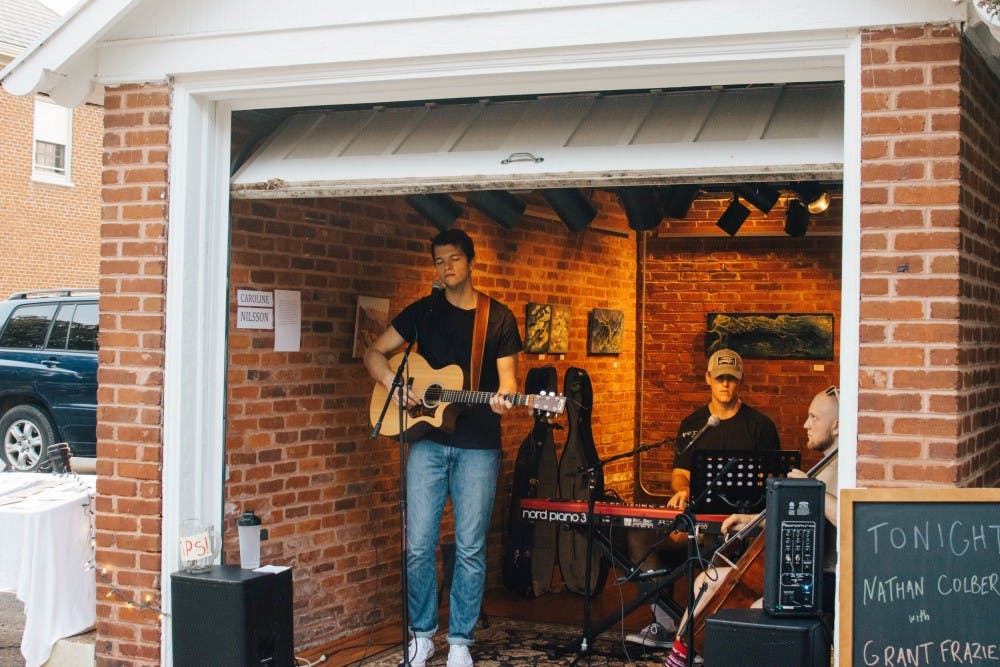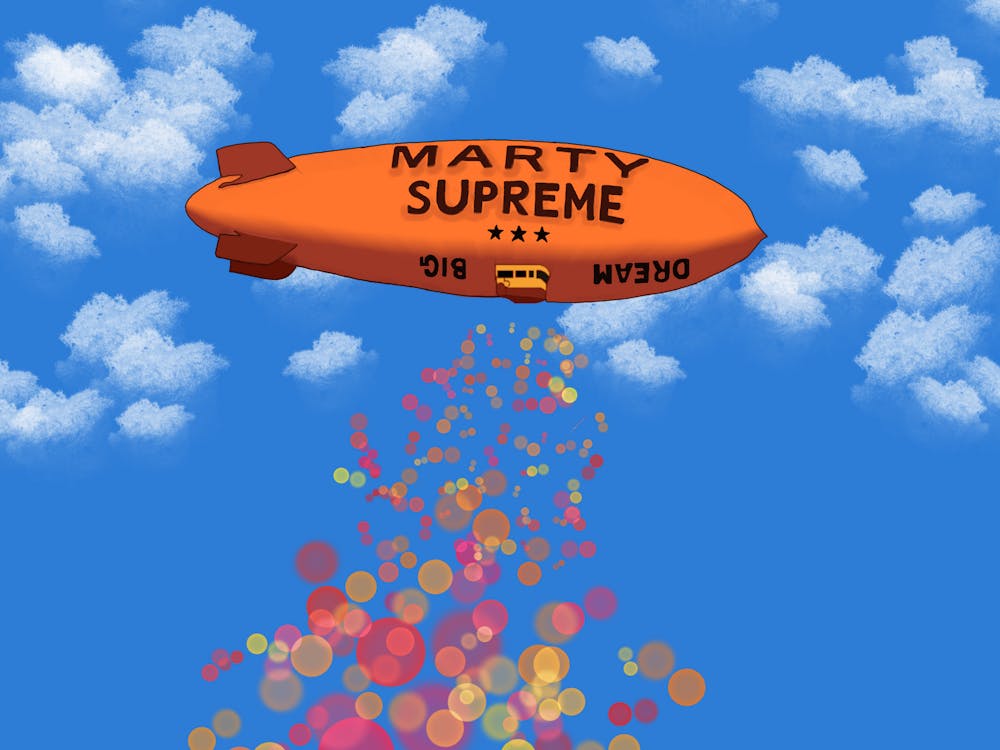A decade ago, record labels were in a panicked state, desperately trying to increase sales and decrease piracy — which at the time was threatening the foundation of the music industry. Today, the industry is booming again and has undergone a kind of democratization — led by streaming services like Spotify — meaning label executives have less control over what becomes popular, leaving the door open wider for independent artists than ever before.
To get a sense of how streaming impacts these independent artists, Arts and Entertainment spoke with Grant Frazier, Colleen Callahan from the Blue Ridge Jazz Quartet and Will Marsh from Gold Connections — three artists local to Charlottesville who have found success in navigating the new frontier.
All three artists spoke on streaming’s potential to expand their audience. Frazier and Marsh indicated that a lot of their exposure comes from streaming, while Callahan said her audience in Charlottesville came mostly from live performances in the area, but that she “could reach a broader audience” online.
“[For] people who can’t get to Charlottesville, streaming on Spotify and Soundcloud is so much easier,” Callahan said.
The economics are a bit of a different story.
“I don’t really make a lot of money off the Spotify and Apple Music stuff,” Frazier said. “But I mean, everyone has their cell phones, everyone has a streaming service right in their pocket, so they’re able to just easily put on a song, download it, listen to it.”
Clearly, artists can attract a large audience via streaming. However, the platform remains controversial in some corners of the music business, particularly with the financials.
Callahan shared a story about a label owner she knew who was disappointed in the rise of streaming due to its financial impact. According to him, royalties from companies like Spotify and CD Baby — an online music store and digital aggregator for independent musicians — are too limited.
“In that sense, he thinks it’s hurting the industry,” Callahan said.
A divide seems to exist between artists — who make music to express themselves to as many people as possible — and executives, whose involvement with the industry is more monetary by nature.
Both Callahan and Frazier realized that the economic game plan of music has shifted from an emphasis on selling recorded music to a focus on gaining exposure in order to have a larger audience at live shows. Frazier also said that while he thought streaming’s impact was positive, “a lot of people really hate streaming because they don’t make any money off of it. But the way music is today, artists aren’t making money off the songs that they sell, they’re making money off of tours, they’re making money off of live shows.”
Much has been made of Spotify’s mysterious playlist-making algorithms and whether or not they tend to promote certain styles of music over others. While Spotify playlists are often the best way for smaller artists to gain wide exposure, none of the artists interviewed felt any pressure to change their sound to better suit streaming markets. Their music is so personal that they had never thought about making music differently to get more plays.
“In general, pop music is probably the most popular genre to reach the greatest amount of people, but I don’t feel like I try to conform,” Frazier said. “I just try to be true to who I am as an artist and with my music, and just try to really like hone in on that craft, and just really portray what I’m trying to say in a song. So I wouldn’t say that I’ve ever conformed to, like, make a pop song just to get an extra five thousand streams or something like that.”
The artists agreed that streaming, and the internet in general, has opened doors for listeners to develop their tastes and influences. Marsh thinks the internet has perhaps “helped people with their own specific tastes,” and exposed them to music they may not otherwise have found, while Callahan noticed that her eclectic music taste was “definitely” influenced by the ability to sample music across many different genres.
All three artists praised the accessibility of music in the age of the internet. But Marsh believes the music scene hasn’t “changed much” and that “the same types of people who were digging through record stores for obscure records are probably doing that, and the same types of people who were just going to consume whatever media is given to them … They’re still doing that.” In other words, even though streaming has given listeners access to so many artists, the impetus is still on the listener to seek out independent or underground music.
While the dominance of streaming is a bit of a double-edge sword, local artists tend to prize a potentially wide and diverse listening base over making lots of money from recordings. Frazier praised the ability to reach “streamers in Europe and Africa,” which he said never would have happened had streaming services not been invented.
Perhaps streaming’s most significant function is as a great equalizer, which allows listeners to hear everyone from the smallest independent artists to the biggest major label acts at the tap of a finger. While those more concerned with the financial bottom line may be underwhelmed, it appears that actual artists are largely in favor of the streaming revolution.







